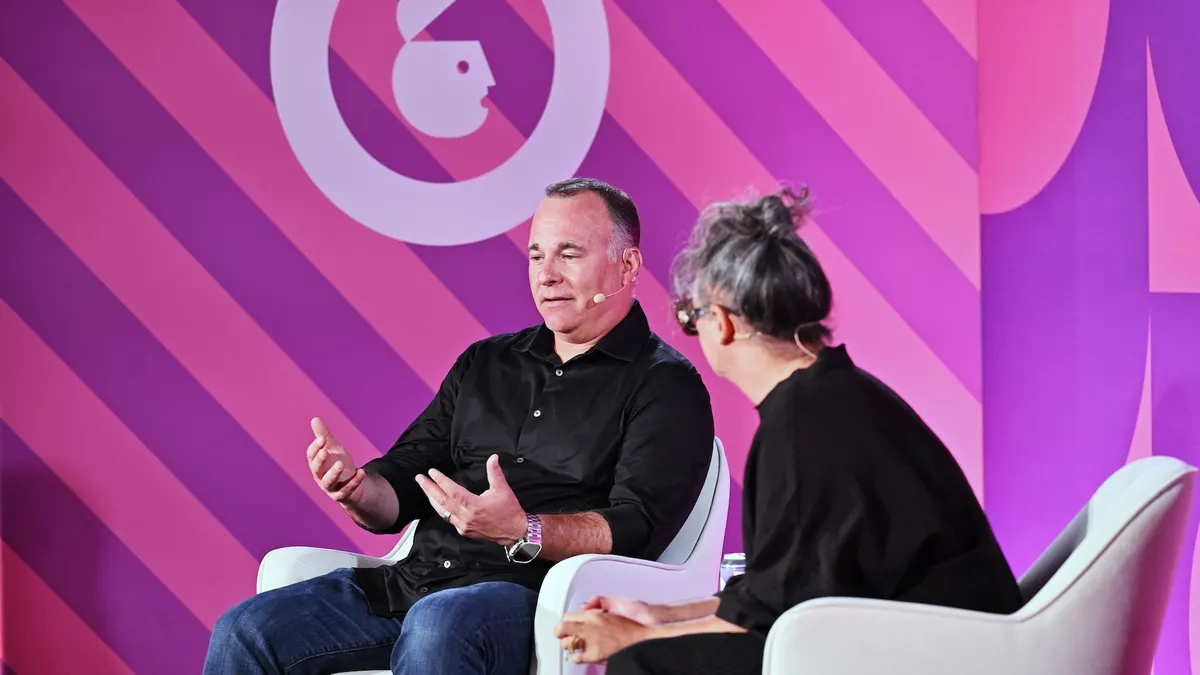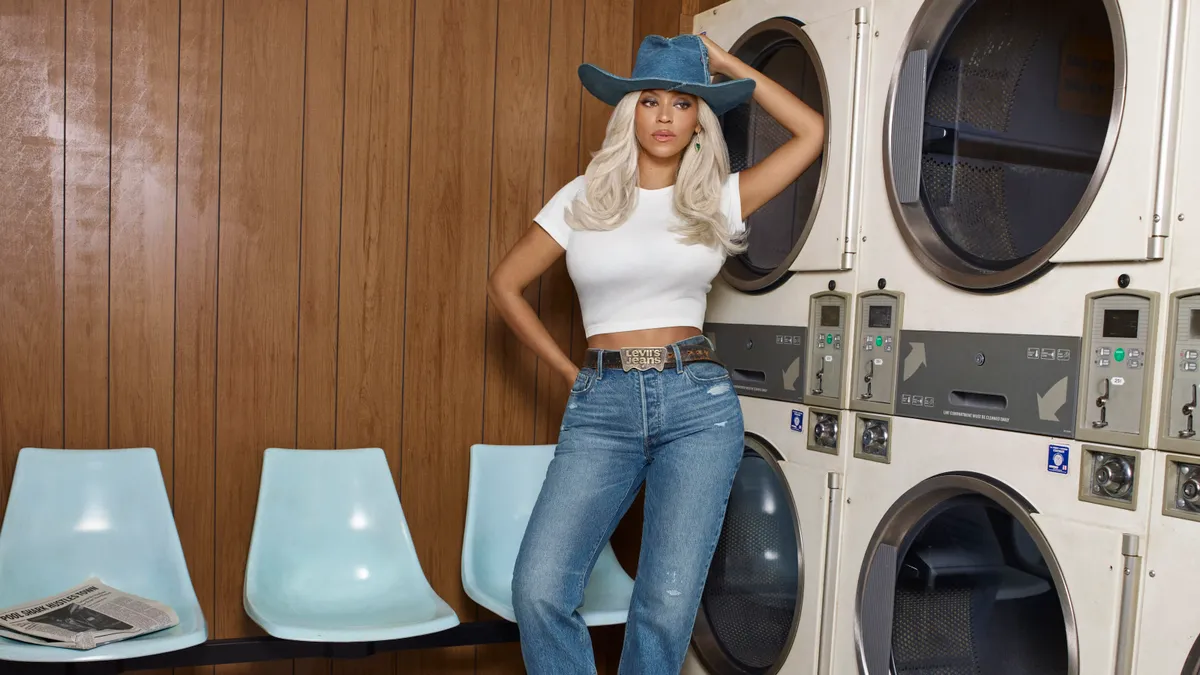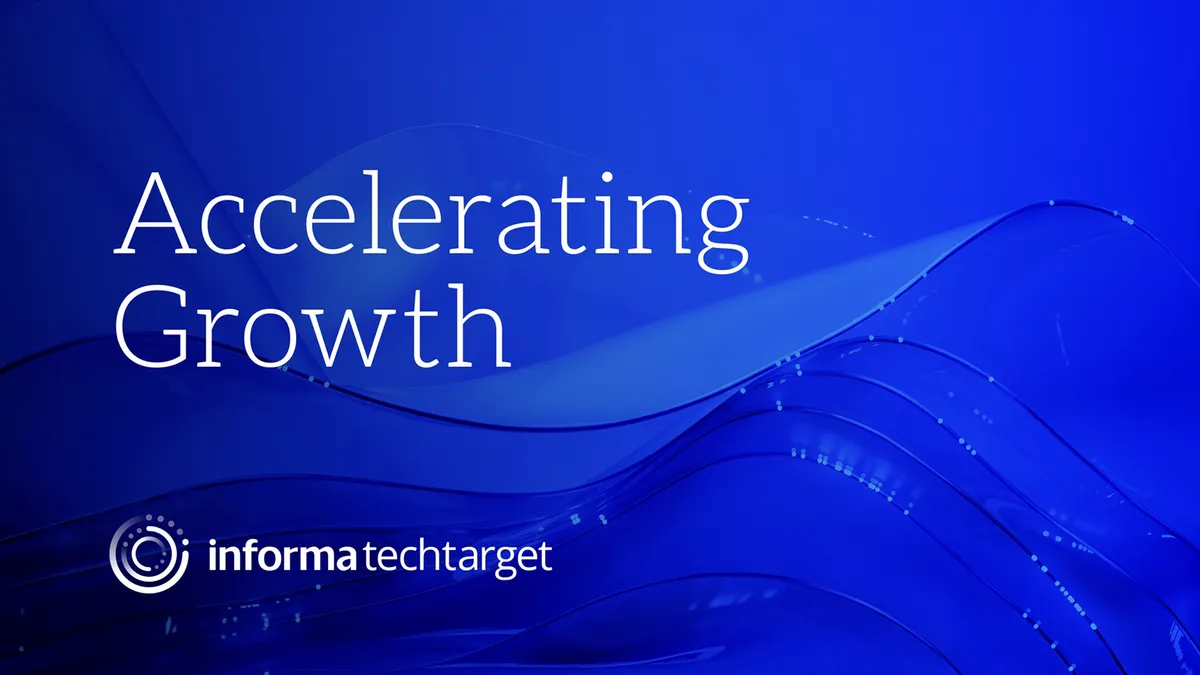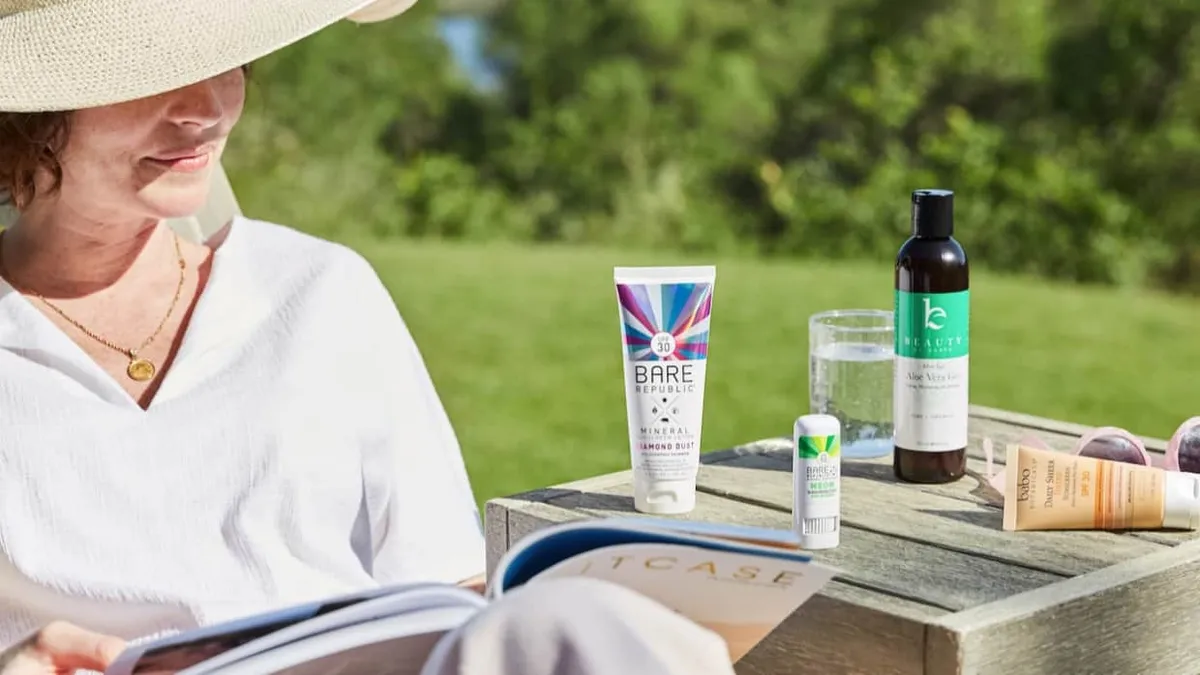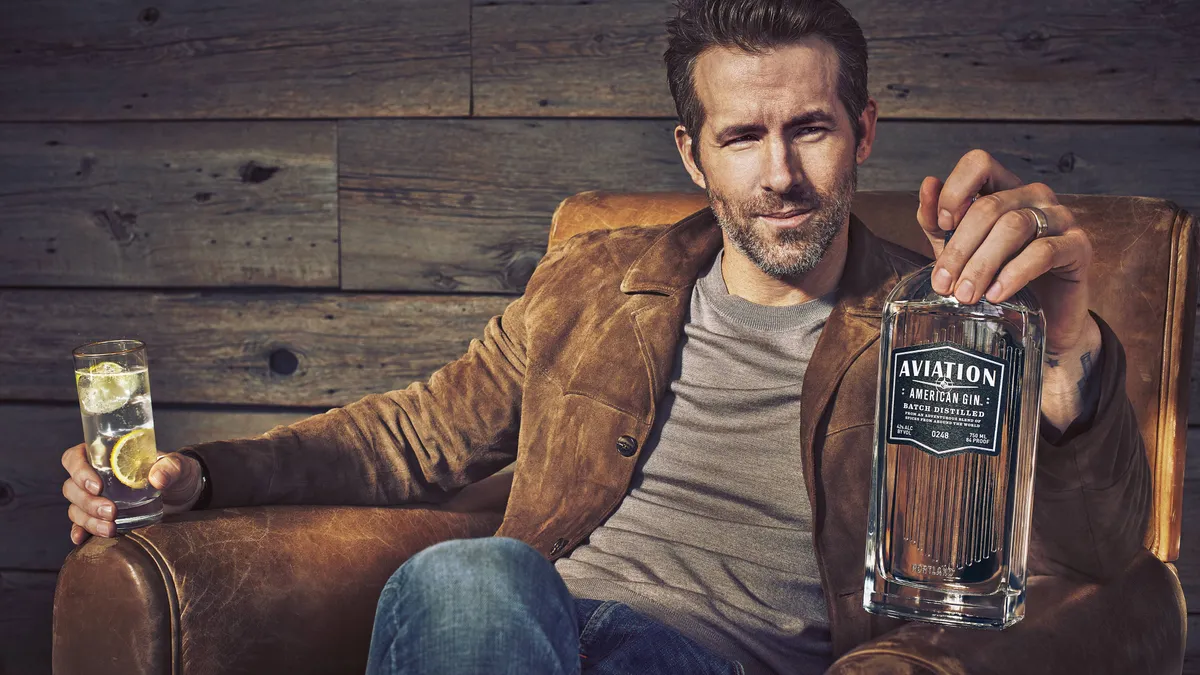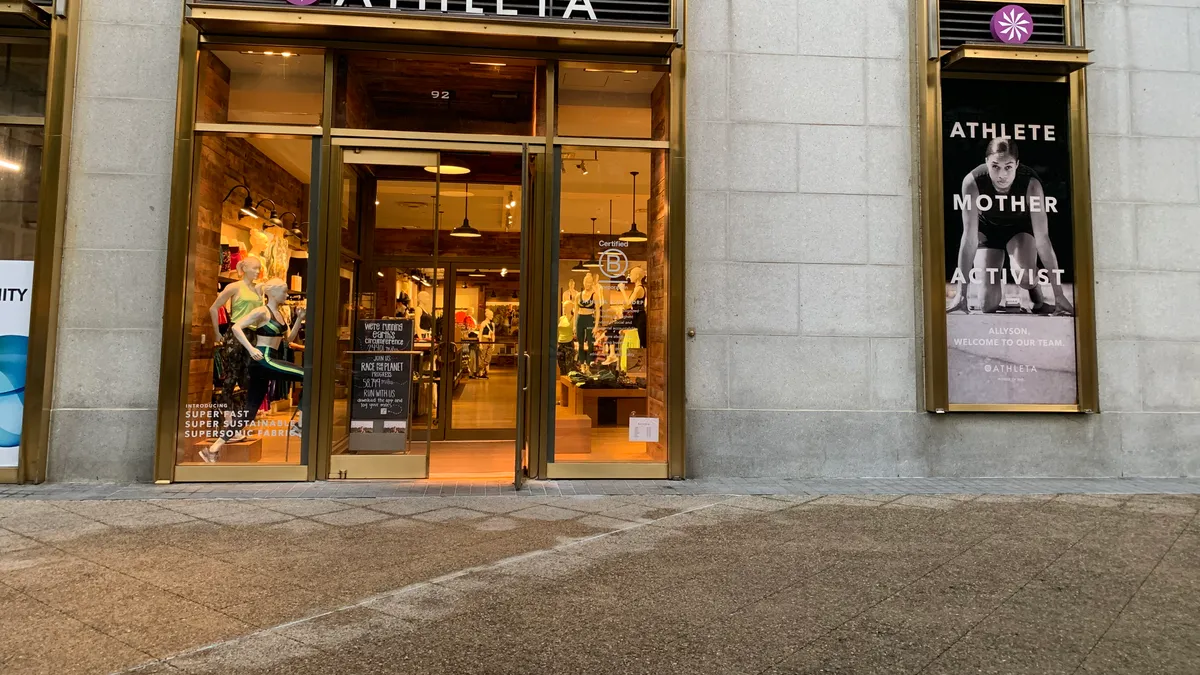Editor's Note: The following is a guest post from Brett Hyman, president of the NVE Experience Agency.
The right moment can transform someone forever.
Perhaps that explains why 78% of surveyed millennials report they would rather spend money on an experience than a product and why a comparable share of brands have built experiential into their larger marketing strategy. But creating that life-changing moment is just as much of an art as it is a science.
It's about quality, not quantity.
If your core strategy is filling the biggest venue possible, it might be time to go back to the drawing board. Regardless of size, the main goal should be an experience that resonates powerfully with your guests and inspires them to make a purchase, tell others about their experience or, in an ideal situation, both.
The cornerstone of successful experiential marketing is how it makes consumers feel, so marketers must focus less on the length of the guest list and more on an experience's strategic narrative and the associated brand messaging.
Micro-marketing
Rather than scaling solely for a big-splash event that appeals to generic interests, marketers should cater to an individualized guest experience and concentrate on targeted messaging. Reverse-scaling is an opportunity for brands to craft a more targeted, demographically relevant experience and, by thoroughly analyzing the audience from a cultural perspective, to develop a more personalized narrative overall.
Unsurprisingly, this forges a deeper connection between the brand and the consumer and significantly enhances results. Especially considering the amount of personal information advertisers are armed with, consumers expect relevant experiences. According to Marketo, 63% of survey respondents are "highly annoyed" at the spray-and-pray method of advertising with repeatedly generic messages.
Scaling down an experience allows for more relevant messaging to inspire consumers to amplify their experience and organically generate brand awareness outside the event.
Guided by cultural context and the individual brand promise, it's possible to capture consumers' attention and create passionate, lifelong fans. The result is an enhanced experience and improved brand image — both key goals of marketers as defined in their experiential strategy.
Activation at the local level
Scaling down a large event often requires removing the costliest elements without sacrificing the brand story or compromising strategy. Usually, this involves refining the blueprint to cater to a more targeted audience of consumers, being particularly mindful of the geographical context and developing a playbook for regional activations.
At NVE Experience Agency, we recently put this theory into practice working with Moët Hennessy on a national tour for the launch of the limited-edition bottle by graffiti artist JonOne. The experiential program involved a large national launch at an iconic venue with subsequent scaled-down iterations at smaller key markets.
The tour kicked off at New York City's 3,000-person venue Terminal 5 and included custom-crafted cocktails, virtual reality and photo booth moments, a live art installation by JonOne and performances by DJ Mustard and A$AP Ferg. We then maintained the same approach when scaling down the launch at smaller venues in three additional target markets: Austin, Texas; Miami; and Los Angeles.
While the bigger event certainly generated more noise, the scaled iterations were equally effective because they tapped into unique brand and consumer insights by weaving the message into the most granular details of the events. Having a deep understanding of the context of the scaled experiences, we were able to identify local talent and artists to maximize regional impact.
Supercharge your strategy
Effective hyperlocal marketing requires cultural consideration — both true to the brand and rooted in consumers' reality. Marketers can (and should) push the boundaries of those realities but remain within a context still meaningful to their target consumers.
An impactful experience is distinguishable as something only your brand can create. From the way it's designed to the way the experience is orchestrated, every detail should showcase your brand's voice in a language that resonates with the consumer.
Enlisting the help of a local influencer is often particularly useful in engaging a community in the right context. For instance, actress Jamie Chung and actor Morris Chestnut both made appearances at the Los Angeles iteration of the Hennessy JonOne tour, giving the experience meaningful context within the city's community.
Coupling large and hyperlocal events can improve event ROI through organic impressions and by turning attendees into powerful megaphones. Once you've effectively captured consumers' most valuable commodity — their attention — the true lasting impact is inspiring them enough that they share their experience with their social networks.
Whether you're hosting 10 million people or 10, a strategy that's guided by the brand and driven with a powerful narrative will inspire consumers to share that experience with an exponentially larger audience. The more personal the experience, the better the results.


